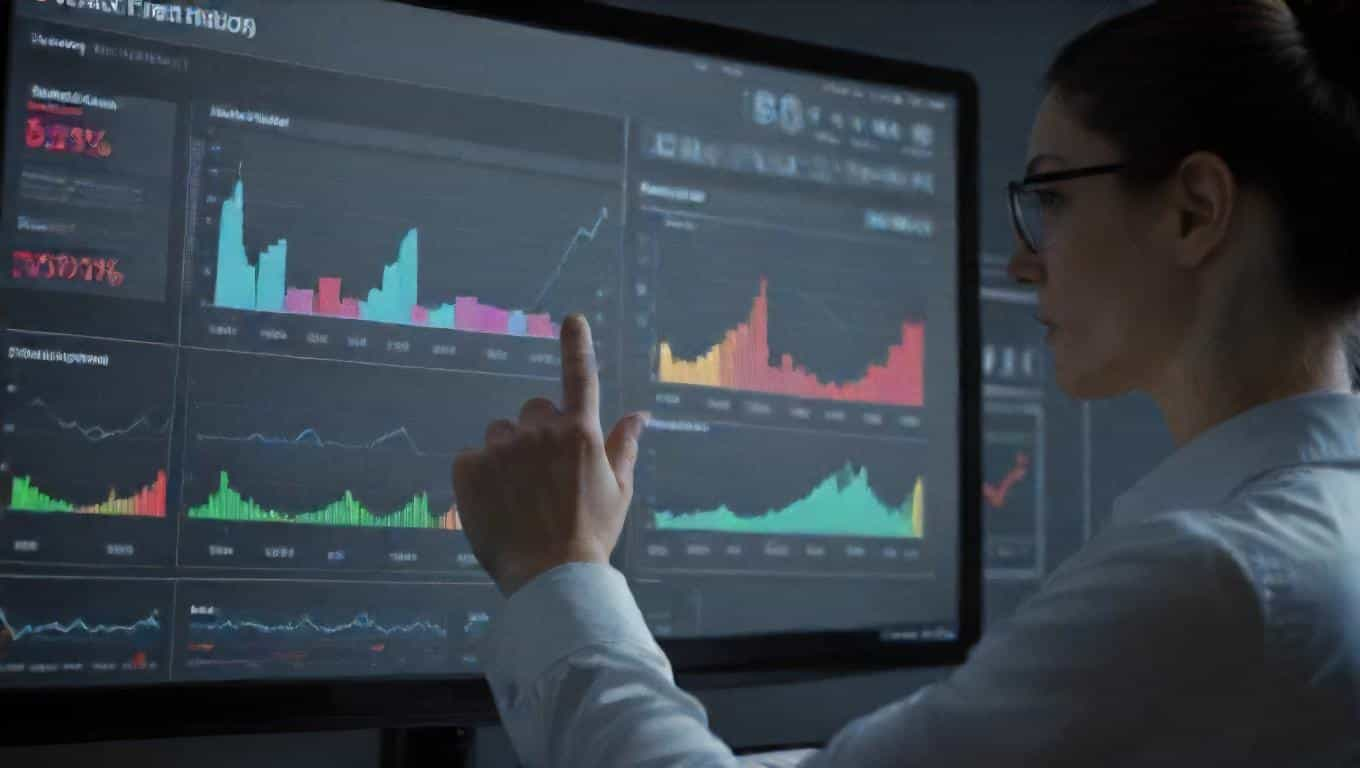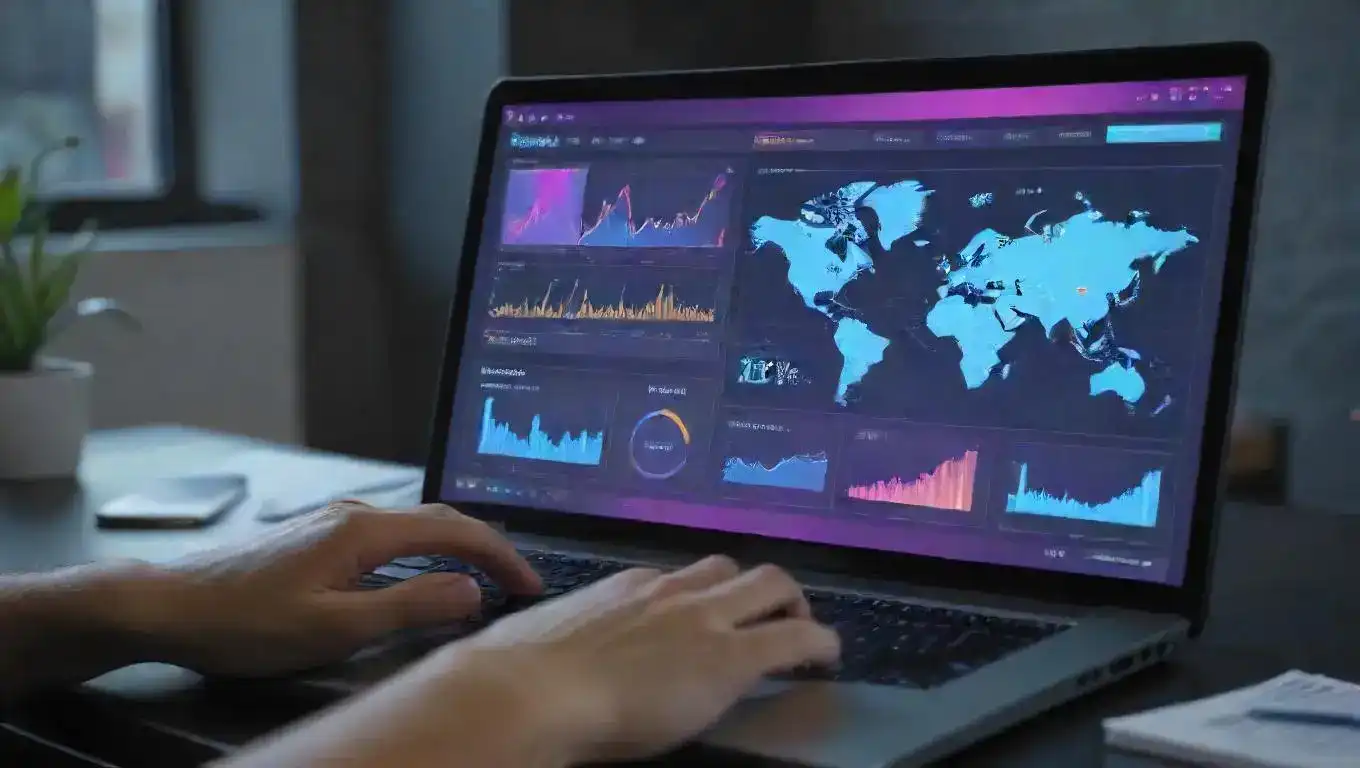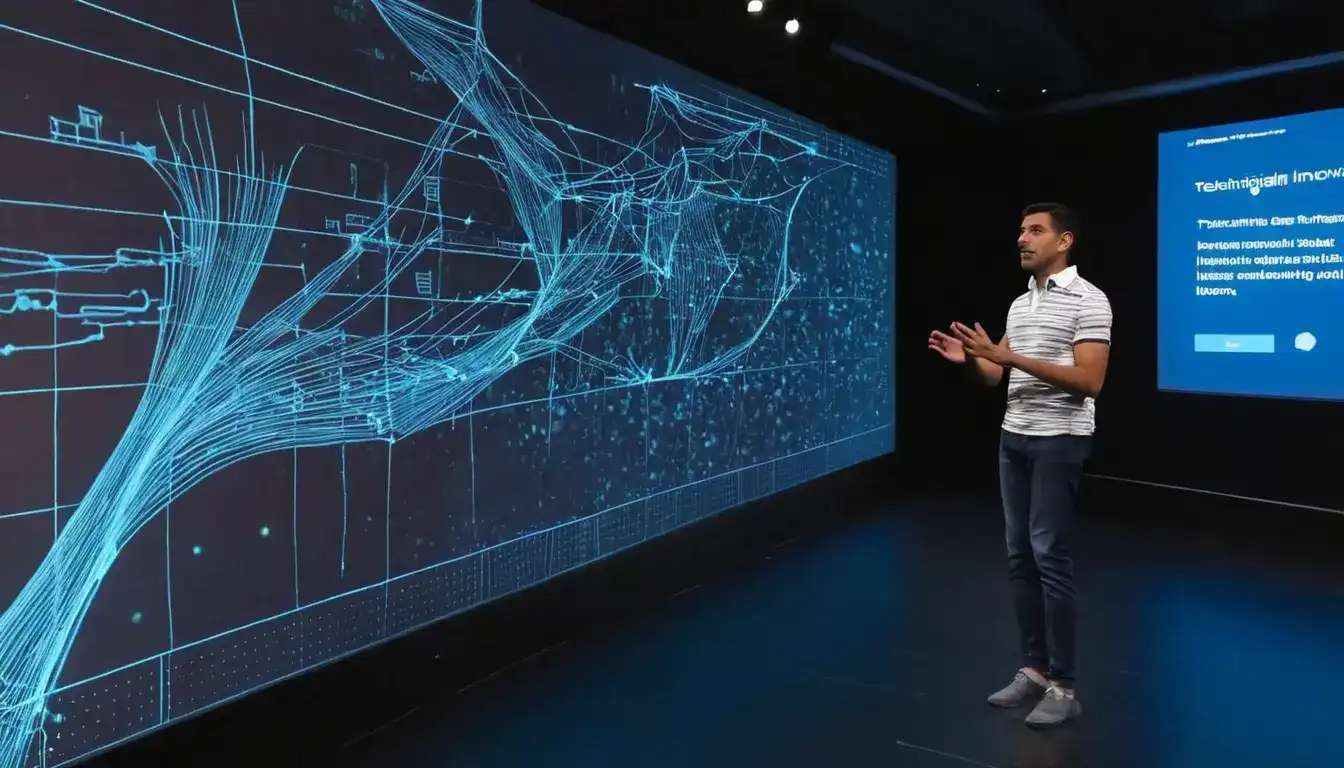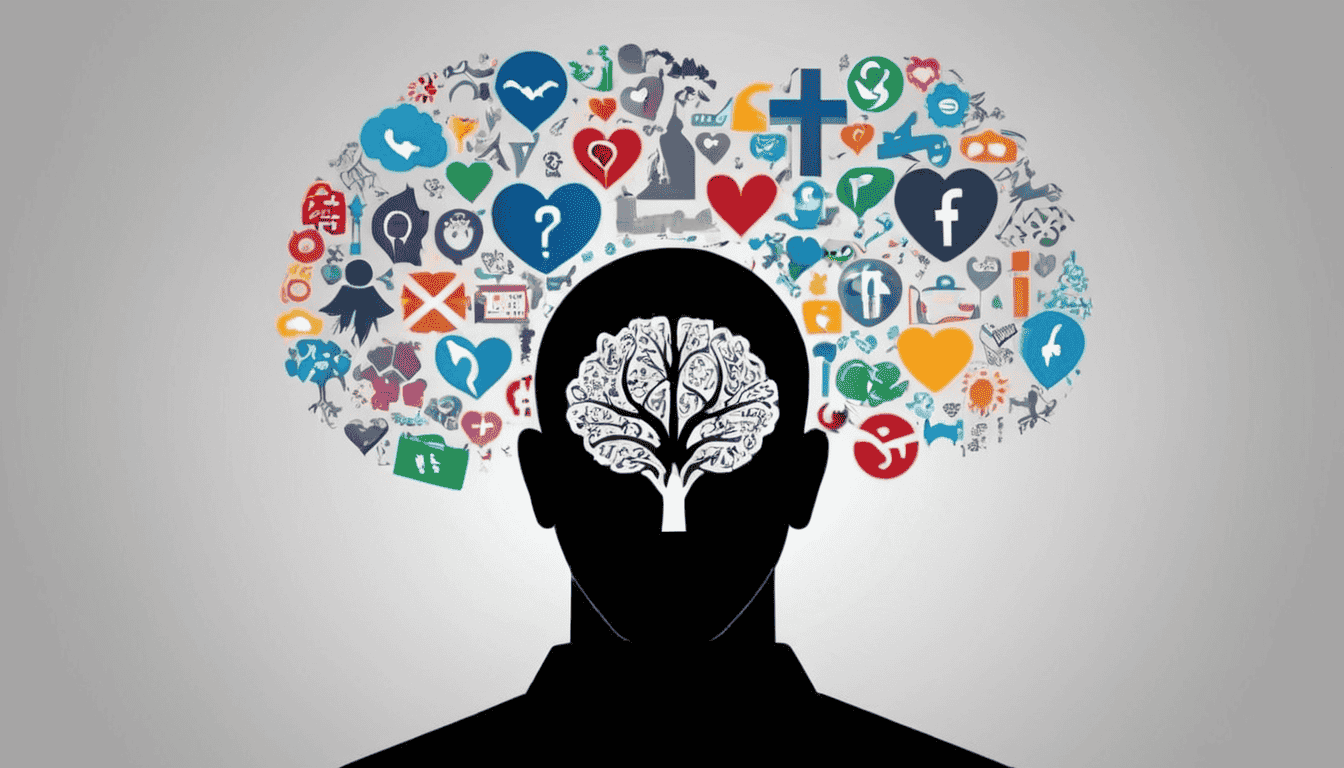Tips for Organizing a Comfortable Workspace at Home
Emily Willis

Photo: Tips for Organizing a Comfortable Workspace at Home
Introduction
Creating a comfortable and productive workspace at home is essential for maintaining focus and efficiency. Whether you work remotely full-time or part-time, having a well-organized workspace can significantly impact your overall well-being and productivity. This article provides practical tips on setting up a comfortable home office
1. Choose the Right Location
Selecting the optimal location for your home office sets the foundation for a productive workspace:
1.1. Consider Natural Light
Position your desk near a window to maximize natural light. Natural light boosts mood and energy levels, reducing eye strain and enhancing productivity.
1.2. Noise Level
Choose a quiet area away from distractions such as household noise or high-traffic areas. If necessary, use noise-canceling headphones to maintain focus.
1.3. Ergonomic Considerations
Ensure your workspace allows for proper ergonomics. Use a comfortable chair that supports your lower back and keeps your feet flat on the floor. Adjust your desk and monitor height to maintain a neutral posture.
2. Declutter Your Workspace
A clutter-free environment promotes clarity of mind and improves workflow:
2.1. Minimalist Approach
Keep only essential items on your desk to minimize distractions. Use organizers or trays for pens, notebooks, and other frequently used items.
2.2. Cable Management
Tidy up cables and cords using cable organizers or clips to prevent tangling and tripping hazards. Consider using a cable tray or binder clips to keep cables out of sight.
2.3. Paper Management
Go digital whenever possible to reduce paper clutter. Use scanners or document management software to digitize important documents and organize them electronically.
3. Optimize Your Desk Setup
Your desk layout should support efficiency and comfort throughout the workday:
3.1. Functional Desk Accessories
Invest in a monitor stand, keyboard tray, or laptop stand to adjust screen height and reduce neck strain. Use a mousepad with wrist support to prevent repetitive strain injuries.
3.2. Personalization
Decorate your workspace with plants, artwork, or motivational quotes to create a personalized and inspiring environment.
3.3. Dual Monitors or External Displays
If your work involves multitasking or requires extensive screen space, consider using dual monitors or connecting a larger external display to your laptop.
4. Establish Organization Systems
Implementing effective organization systems enhances productivity and reduces stress:
4.1. Digital Organization
Create folders and subfolders on your computer to store documents, emails, and project files systematically. Use cloud storage services for easy access and backup.
4.2. Task Management Tools
Utilize task management apps or software to prioritize tasks, set deadlines, and track progress. This helps maintain focus and ensures deadlines are met.
4.3. Daily Maintenance Routine
Devote a few minutes at the end of each day to tidy up your workspace. Clear off your desk, file away documents, and prepare for the next day's tasks.
5. Lighting and Atmosphere
Lighting and ambiance contribute to a comfortable and productive workspace:
5.1. Adjustable Lighting
Use task lighting, such as desk lamps with adjustable brightness settings, to reduce eye strain and create a well-lit workspace.
5.2. Temperature Control
Maintain a comfortable temperature in your home office. Use fans, heaters, or open windows to regulate airflow and ensure optimal comfort throughout the day.
5.3. Air Quality
Improve air quality by opening windows for ventilation or using air purifiers. Clean air promotes alertness and enhances overall well-being.
6. Take Breaks and Move
Avoid prolonged sitting and take regular breaks to refresh your mind and body:
6.1. Stretching and Movement
Incorporate stretching exercises or short walks into your daily routine to prevent stiffness and improve circulation.
6.2. Pomodoro Technique
Use the Pomodoro Technique or similar methods to work in intervals, taking short breaks between sessions to recharge.
6.3. Hydration and Snacks
Stay hydrated throughout the day and keep healthy snacks nearby to maintain energy levels and focus.
Conclusion
Creating a comfortable workspace at home is crucial for optimizing productivity and maintaining overall well-being. By choosing the right location, decluttering effectively, optimizing your desk setup, establishing organization systems, enhancing lighting and atmosphere, and taking regular breaks, you can create an environment that promotes focus, creativity, and success in your remote work endeavors. Implement these tips to transform your home office into a comfortable and productive workspace tailored to your needs.
Latest ✨
View AllDiscover the essential qualities required to become a successful leader, from integrity and empathy to communication and adaptability. Learn how to develop these traits to inspire and motivate your team
Emily Willis
top digital marketing trends for 2024, including the rise of AI, the importance of user experience, video marketing dominance, influencer marketing, privacy and data security, sustainability and ethical marketing, and emerging trends like AR/VR, metaverse marketing, blockchain, and NFTs. Specific strategies are provided for leveraging AI for personalized customer experiences, enhancing user experience for mobile users, creating engaging video content, building authentic influencer partnerships, prioritizing data privacy and security, integrating sustainability and ethical practices.
Emily Willis
Europe is full of rich culture, with ten cities offering enriching cultural experiences. From the romance of Paris to the splendor of Rome and the artistic flair of Barcelona, each city has its own unique charm and heritage.
Emily Willis
Proper nutrition is essential for optimal brain function during exams. Foods rich in complex carbohydrates, lean protein, healthy fats, and hydration can help maintain energy levels and focus. Smart snack options during exams include fresh fruits, vegetables with hummus, trail mix, yogurt with granola, and dark chocolate.
Emily Willis
Business
View All
August 4, 2024
Building a Consistent and Inspiring Personal Brand Through Online PlatformsIn today's digital age, it is important to establish a strong personal brand in order to stand out in a competitive landscape. This can be done by following practical steps such as defining your brand identity, identifying your target audience, creating a compelling online presence, crafting quality content, engaging with your audience, leveraging social media effectively, networking and collaborating, monitoring and adapting, showcasing your authenticity, and seeking professional guidance if needed. Building a personal brand requires dedication, authenticity, and strategic planning, but it can lead to a memorable and influential brand that resonates with others in the digital world.
Emily Willis

August 4, 2024
Strategies for Effective Business Growth in a Competitive Marketimportance of strategic planning, innovation, and understanding market dynamics for businesses to achieve sustainable growth in a competitive market. It covers strategies such as customer focus, innovation, marketing, partnerships, financial management, technology, employee engagement, and sustainability.
Emily Willis

August 5, 2024
Tips for Choosing the Right Investment Product for Your Needsprovides guidance on investing money, starting with understanding financial goals and risk tolerance. It explains different investment options such as stocks, bonds, mutual funds, ETFs, real estate, and retirement accounts, and emphasizes the importance of diversification.
Emily Willis
Economy
View Allimpact of inflation on households and businesses, outlining the causes and consequences of rising prices. It provides strategies for both households and businesses to cope with inflation, such as budgeting, seeking deals, and negotiating with suppliers. The importance of collaboration and communication between governments, businesses, and consumers is emphasized, along with the need for long-term investments in infrastructure, skills development, and sustainable practices.
Read MoreGlobalization has a profound impact on the economies of developing countries, offering both opportunities and challenges. By increasing access to markets, facilitating technology transfer, creating jobs, and promoting cultural exchange, globalization can drive economic growth and development. However, addressing the challenges of economic inequality, loss of domestic industries, environmental impact, and cultural homogenization is essential to ensure sustainable and inclusive growth. By adopting strategic measures and fostering international cooperation, developing countries can maximize the benefits of globalization and build a brighter future
Read MoreThe digital economy has the potential to bring economic growth and innovation to developing countries, but there are several challenges that need to be addressed. These challenges include inadequate digital infrastructure, a digital divide that exacerbates inequalities, complex and outdated regulatory frameworks, cybersecurity risks, and limited access to financial services. However, there are opportunities for enhancing financial inclusion and economic growth. These opportunities include mobile and digital payments, implementing digital identification systems, e-commerce and market access, digital skills development, and public-private partnerships. By addressing these challenges and embracing the digital revolution, developing countries can unlock new opportunities for economic empowerment and inclusive growth.
Read MoreEntertainment
View All
August 5, 2024
Entertainment in Society: Social Impact, Cultural Influence, Economic ContributionsEntertainment is more than just a way to pass the time it has a significant impact on society, culture, and the economy. It promotes empathy, sparks conversations, and drives social change. It reflects and shapes cultural trends, while also preserving traditions. The entertainment industry generates jobs, contributes to economic growth, and drives technological innovation.
Emily Willis

August 4, 2024
Virtual Music Concerts: The Future of Live Performance?The music industry has seen significant changes in recent years, with virtual music concerts becoming a popular trend, especially due to the impact of the COVID-19 pandemic. Technological advancements have made virtual concerts more accessible and cost-effective, while also reducing the environmental impact of live events. However, challenges such as technical issues and the lack of physical presence remain. The future of virtual concerts may involve hybrid models that combine virtual and physical experiences, as well as continued technological innovation to enhance the quality of virtual performances. Building a sense of community and engagement will also be crucial for the success of virtual concerts moving forward.
Emily Willis

August 4, 2024
The Evolution of Streaming Services Such as Netflix, Disney+, Hulu, and the Implications for the Traditional Entertainment IndustryThe rise of streaming services has revolutionized the entertainment industry, offering on-demand access to a vast library of content through internet-connected devices. Platforms like Netflix, Disney+, and Hulu have diversified their content libraries, reshaped consumer behavior, and challenged traditional distribution models. Technological advancements have enhanced streaming experiences, while economic and cultural implications have led to global market expansion and increased investment in original content production. The future of the streaming industry will be shaped by competition, convergence of media and technology, and the need for adaptation to changing consumer preferences. Embracing digital transformation and strategic partnerships will be crucial for stakeholders in navigating the evolving landscape of modern entertainment.
Emily Willis
Health
View Allmaintaining good health and well-being through nutritional choices. A balanced diet, incorporating whole foods, staying hydrated, consuming nutrient-dense foods, managing portion sizes, practicing mindful eating, eating regular meals and snacks, considering supplements, and adopting sustainable eating practices are all highlighted as effective strategies for enhancing overall.
Emily Willis
Preventive healthcare focuses on strategies to prevent disease and maintain well-being, rather than just treating illnesses after they arise. It helps identify risk factors early on, allowing for interventions that can prevent or delay the onset of chronic diseases.
Emily Willis
significance of mental health awareness in today's fast-paced world. It discusses the importance of understanding mental health, breaking down stigma, and promoting positive mental health practices.
Emily Willis
Trending 🔥
View All
1
2
3
4
5
6
7
8
10
Lifestyle


Sports
View AllAugust 5, 2024
Sports for Social Good: Promoting Diversity, Inclusion, and Community Engagement
Read MoreTechnology
View All
August 5, 2024
Top Unity Software Development Trends to Watch in 2024
Explore the top Unity software development trends that will shape the gaming industry in 2024. From AI integration to VR/AR immersion, cross-platform reach, cloud collaboration, and mobile gaming, Unity is revolutionizing gaming experiences. Stay ahead in the dynamic world of game development with these insights.

August 4, 2024
Amidst Economic Uncertainty, Businesses Adapt and Innovate for Survival
The business world can be unpredictable, but companies can thrive by embracing adaptation and innovation. Understanding market trends, economic indicators, and global factors is crucial for charting a successful course.

August 5, 2024
The Future of Blockchain and Its Impact on Society
Blockchain technology, originally developed for cryptocurrencies like Bitcoin, has evolved into a versatile tool with the potential to revolutionize various industries beyond finance. Its decentralized and transparent nature offers solutions to challenges faced by societies worldwide. Blockchain's impact on society is poised to be transformative across multiple domains, including enhanced security, data integrity, decentralization, supply chain transparency, digital identity, and financial inclusion.

August 5, 2024
Oculus Quest 2 vs HTC Vive Pro – Which Should You Choose?
Oculus Quest 2 vs HTC Vive Pro – which VR headset reigns supreme? Dive into this ultimate showdown to discover the strengths and weaknesses of each, and decide which one is worth your investment. From specs and comfort to content and price, we'll help you make an informed choice.



















